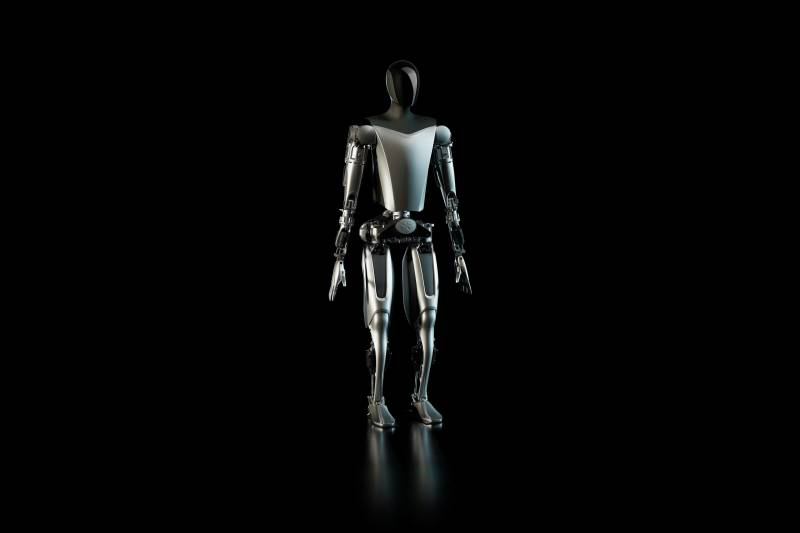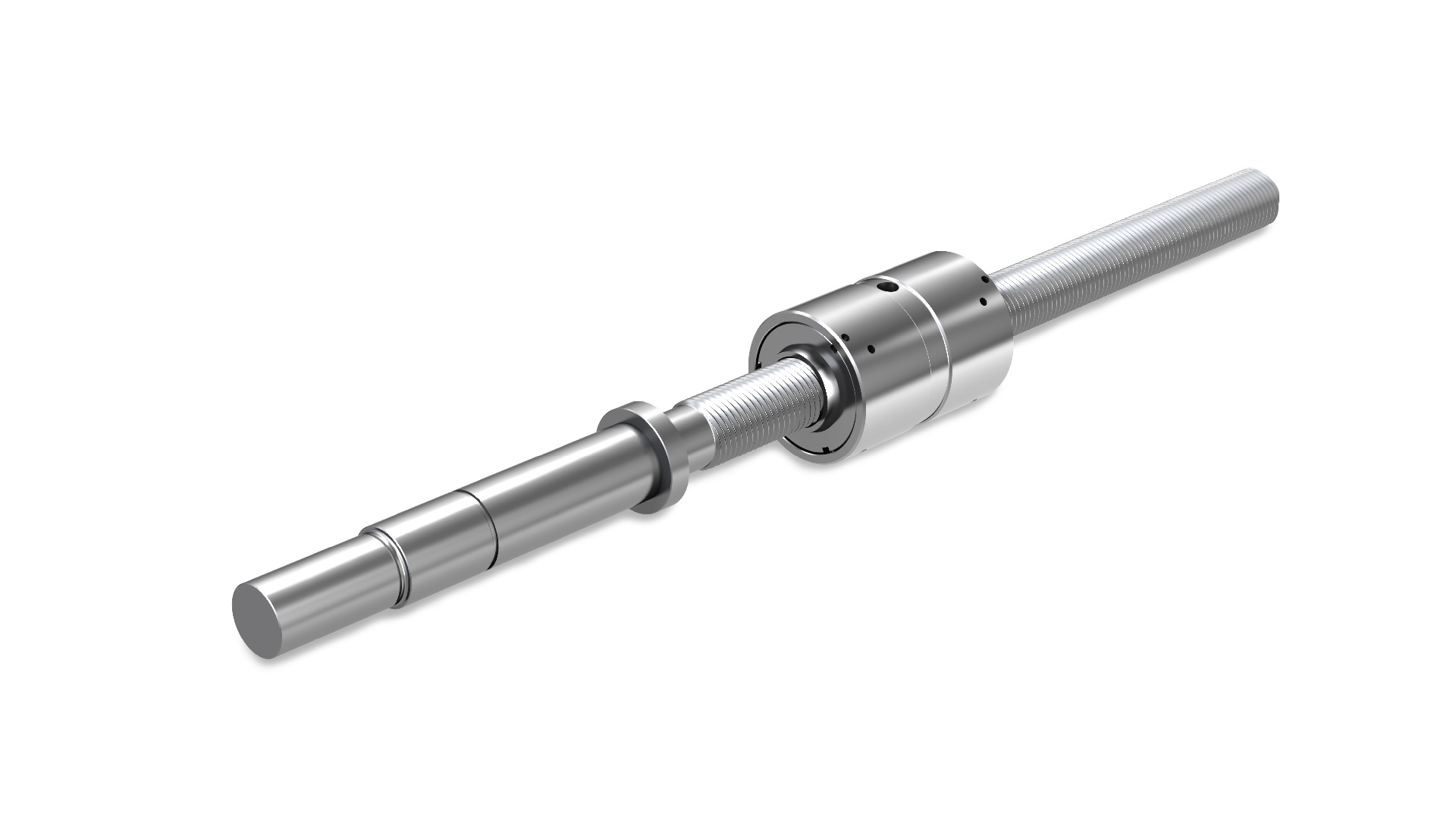Series Feature on Linear Screws in Humanoid Robots: High-Barrier Precision Mechanical Components with Broad Space for Domestic Substitution
?
There is a high commonality in the production and manufacturing processes of some parts for automobiles and robots, which brings opportunities for industrial upgrading of auto parts companies. Some robot parts have certain similarities with auto parts in aspects such as materials, processes, equipment, and cost control, and possess similar underlying manufacturing logics, thus bringing opportunities for industrial upgrading of related parts (such as motors, reducers, linear screws, etc.) (from automobiles to robots). With the triple catalysis of leading companies like Tesla, the iteration of software and hardware technologies, and relevant policy support, the development of humanoid robots is expected to accelerate, and 2025 is expected to be the first year of mass production, bringing investment opportunities for related industrial chains.
?
?
The linear screw is a core component for converting rotational motion into linear motion in humanoid robots. A linear screw is a c that converts rotational motion into linear motion. Mainstream linear screw solutions include trapezoidal screw, ball screw, and planetary roller screw. Although the manufacturing cost of planetary roller ball screws is relatively high, they have advantages such as high transmission efficiency, high precision, long service life, and strong load-carrying capacity. Among them, the reverse roller ball screw has a high degree of integration and miniaturization, which is convenient for integration into electromechanical integrated devices and is expected to be the choice for the joints of Tesla's Optimus robot (it is estimated that the value proportion of the planetary roller linear screw in a single robot joint after mass production is about 15% - 25%).
?
Regarding the trade-off between precision and efficiency, the barriers of processing technology and equipment for planetary roller ballscrews are quite obvious. Behind the performance of linear screws are extremely high process requirements and equipment barriers. How to improve efficiency while maintaining precision is an important basis for reducing costs and expanding the market. Barriers of planetary roller linear screws:
1) In terms of equipment, due to the high-precision characteristics of linear screws, high requirements are placed on equipment. Currently, high-end processing equipment relies on imports, but overseas high-end grinding machines are costly and have a long procurement cycle.
2) In terms of process, high thread precision is required, and there are processing schemes such as rolling, grinding, turning, and milling. The processing of the internal thread of the nut is the core of the barrier, which requires using a grinding rod to drive the grinding wheel to extend into the nut with a limited diameter for grinding, and the difficulty is extremely high. Meanwhile, the heat treatment process also requires profound technical and experience accumulation.
3) Consistent mass production: The long-term demand for humanoid robots is expected to reach one million units, which also puts forward high requirements for mass production and consistent maintenance capabilities of the supply chain.
?
The development of humanoid robots has opened up growth space, and domestic players are relying on their advantages to make layouts. Foreign brands like Schaeffler dominate the high-end linear screw market through long-term technological accumulation and industrial integration. Domestic products still have room for improvement compared with foreign ones in terms of precision and reliability. However, some domestic players are gradually cutting into the linear screw industry layout for humanoid robots based on their capabilities and endowments (such as the process and equipment reserves based on industrial mother machines and automotive linear screws). Domestic roller linear screws are gradually being recognized and adopted in high-end application fields. Under the neutral scenario, the mid-term global market space for planetary roller linear screws used in the joints of humanoid robots is estimated to be about 150 - 200 billion yuan.
?




